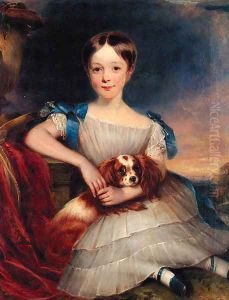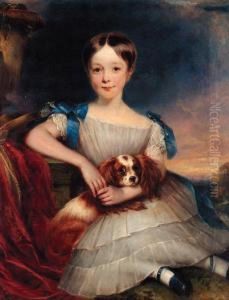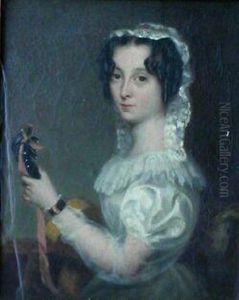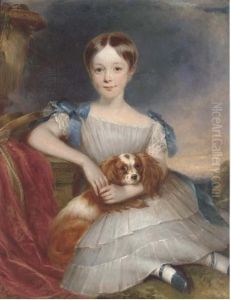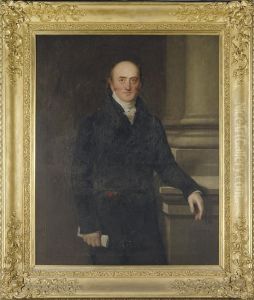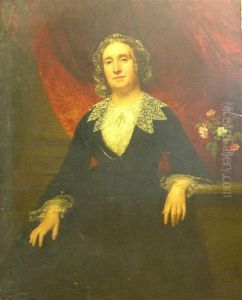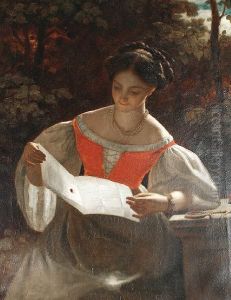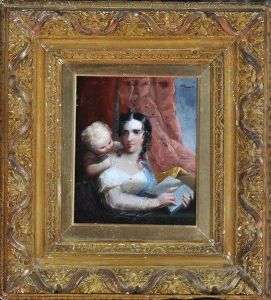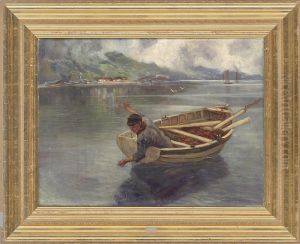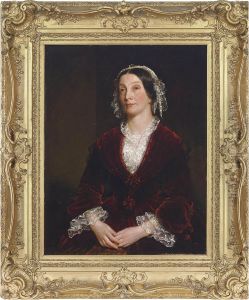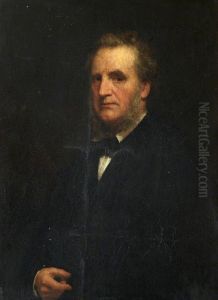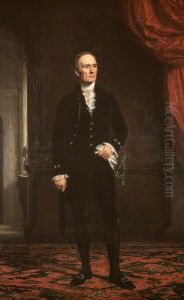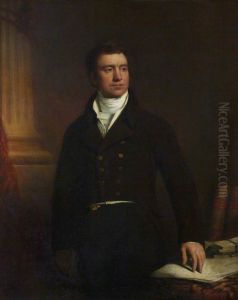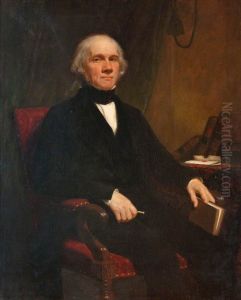John Graham Gilbert Paintings
John Graham Gilbert, born in Glasgow, Scotland, in 1794, was a prominent Scottish portrait painter whose work significantly contributed to the artistic landscape of the 19th century. Initially embarking on a career in business, Graham Gilbert found his true calling in the arts and decided to pursue painting full-time, a decision that would lead him to become one of Scotland's most esteemed portraitists.
Graham Gilbert's artistic journey began with his studies in London, where he was greatly influenced by the works of Sir Thomas Lawrence, a leading English portraitist of the time. Eager to refine his craft, he traveled extensively throughout Europe, studying the masters of the Italian Renaissance and the flourishing art scenes in Paris and Rome. These experiences enriched his painting style, imbuing it with a sense of elegance and a keen attention to detail that became hallmarks of his work.
Upon his return to Scotland, Graham Gilbert quickly established himself as a sought-after portrait painter, capturing the likenesses of many notable figures of his time. His portraits were renowned for their sophisticated portrayal of subjects, combining a realistic representation with a subtle psychological depth. This ability to capture the essence of his sitters earned him widespread acclaim and a lasting legacy in Scottish art.
Throughout his career, Graham Gilbert also contributed to the development of art institutions in Scotland. He was actively involved in the Royal Scottish Academy, where he played a significant role in promoting the arts and supporting emerging artists. His dedication to the advancement of Scottish art was evident in both his work and his efforts to foster a vibrant artistic community.
John Graham Gilbert's legacy is preserved in the collections of major museums and galleries across Scotland and beyond, where his portraits continue to be admired for their beauty and insight into the 19th-century Scottish society. He passed away in 1866, leaving behind a body of work that continues to be celebrated for its contribution to the art historical canon of Scotland and the broader field of portrait painting.
